Nitrogen is an important plant nutrient and a key player in the photosynthesis process, which helps plants convert sunlight into energy. Nitrogen is also essential for plant growth and development. Unfortunately, nitrogen deficiencies are common in both soil and plants. Nitrogen deficiency can cause stunted growth, yellow leaves, and weak stems. In severe cases, it can even kill plants. The good news is that there are different ways to fix nitrogen deficiency naturally and with chemicals.
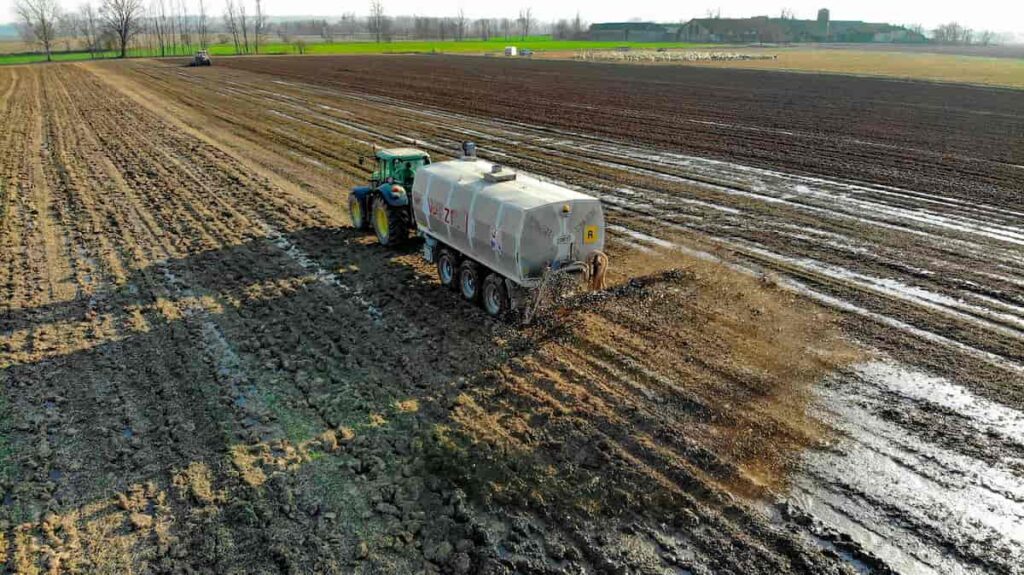
How to fix nitrogen deficiency in soil and plants
What is nitrogen deficiency in soil and plants?
Nitrogen is an essential nutrient for all plants and is often the most limiting factor in crop production. Nitrogen deficiency can occur in any stage of plant growth, but it is most common during the vegetative stage. Symptoms of nitrogen deficiency include stunted growth, yellowing of leaves (chlorosis), and slow plant development. Nitrogen also produces proteins, enzymes, and other essential molecules in plants.
However, while nitrogen is essential for plant growth, it can be difficult for plants to access nitrogen in the soil. This is because nitrogen exists in many forms, including gaseous forms like nitrogen gas (N2) and ammonium (NH4). These gaseous forms of nitrogen are not available for plants to use directly. Instead, bacteria in the soil convert these gaseous forms of nitrogen into simpler compounds that plants can take up through their roots.
The process of converting gaseous nitrogen into simpler compounds that plants can use is called nitrification. However, this process can be hampered by several factors, including a lack of oxygen in the soil, high pH levels, and excessive moisture. As a result, nitrogen deficiency is a common problem in agriculture.
What should you do to fix plant nitrogen deficiency?
- If you want to fix nitrogen deficiency in plants, you can do a few things. Firstly, you want to identify the symptoms of nitrogen deficiency. Once done, you can add nitrogen to the soil or plants themselves.
- There are some different ways to add nitrogen to soil or plants. You can use chemical fertilizers, but these can be expensive and harm the environment if not used properly. A better option is adding organic matter to the soil, providing nitrogen naturally. You can also try using cover crops or green manures, which are grown to add nitrogen to the soil.
- Once you’ve added nitrogen to the soil or plants, monitoring them closely is important. Keep an eye on the symptoms of nitrogen deficiency and make sure that they’re improving. With a little care and attention, you should be able to fix nitrogen deficiency in your plants and have them thriving in no time.
Important methods to add nitrogen to your soil
Use compost or manure
Compost and manure are great additions to any garden because they help add nitrogen to the soil. Add some finished compost to your garden beds if you have your compost bin. You can also buy bags of manure from your local garden center. Be sure to spread it around evenly and lightly water it in.
In case you missed it: How this Farmer Earning 35 Lakhs from His Capsicum Farm: A Success Story of a Bell Pepper Polyhouse Farmer in India
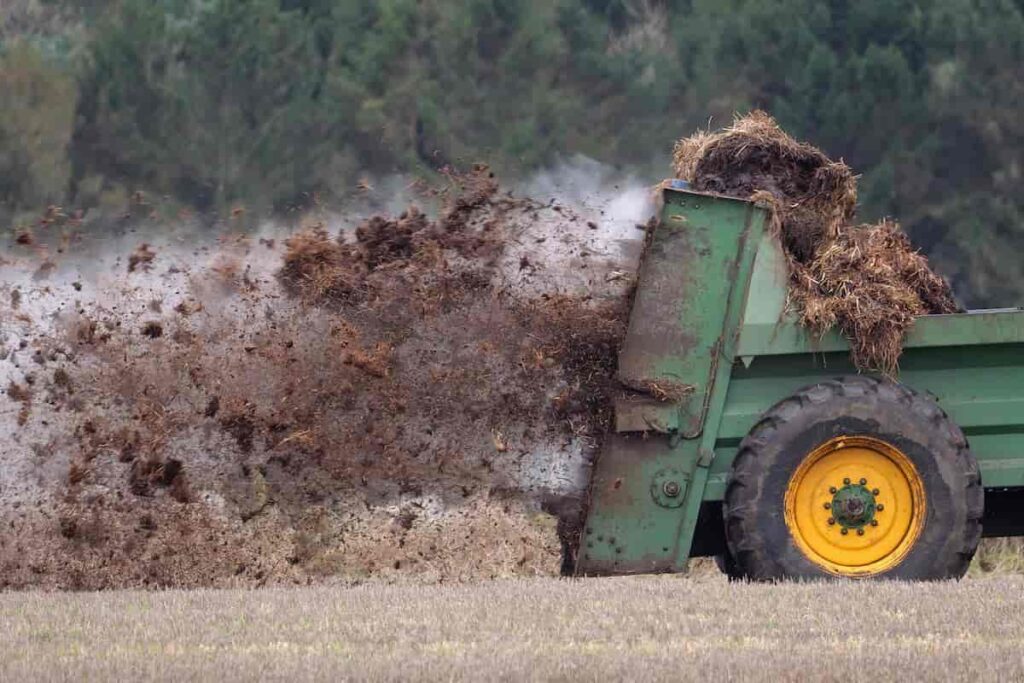
Add coffee grounds or green tea leaves
Believe it or not, coffee grounds and green tea leaves can help increase the nitrogen levels in your soil! Just add a thin layer of either one around your plants and till it into the top few inches of soil.
Plant cover crops
Cover crops are grown to improve the quality of the soil. They help increase nitrogen levels, prevent erosion and improve drainage. Some common cover crops include clover, alfalfa, and ryegrass.
In case you missed it: Organic Farming in Sikkim: Crops Grown, Starting Ideas for Beginners
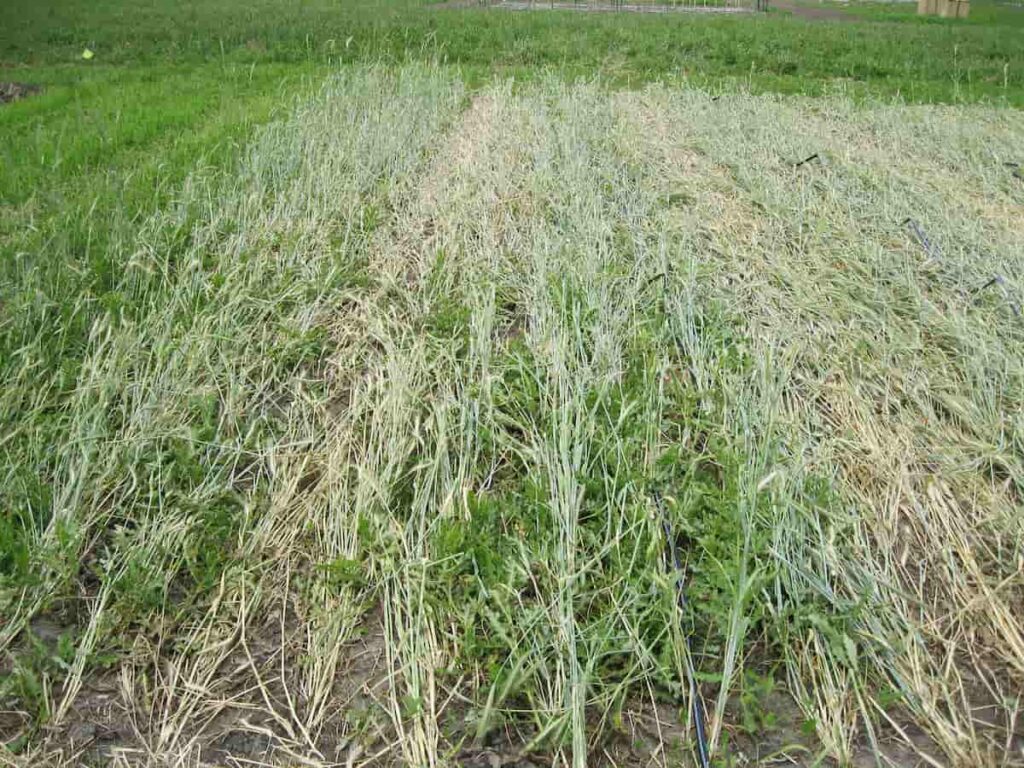
Use a nitrate-based fertilizer
If you want to give your plants a quick nitrogen boost, you can use a nitrate-based fertilizer. Be sure to follow the directions carefully on the package, as too much fertilizer can harm your plants. Apply it directly to the soil around your plants and water it well.
How do you fix nitrogen deficiency in plants naturally?
If your plants are suffering from nitrogen deficiency, there are a few important things you can do to fix them. These deficiency symptoms include yellowing leaves, stunted growth, and poor flowering. There are a few methods to add nitrogen to your soil naturally. You can compost organic matter such as leaves and grass clippings. You can also use animal manure or green manure crops. If you want to add nitrogen chemically, you can use ammonium sulfate or urea.
There are a few ways to solve nitrogen deficiency in the soil. One is to add organic matter to the soil, which will release nitrogen over time as it breaks down. Another is to use nitrogen-fixing plants, such as clover, which can take up atmospheric nitrogen and convert it into a form that garden plants can use. Once you’ve added nitrogen to your soil, water regularly and fertilize according to package directions, with a little care, your plants should soon recover from their nitrogen deficiency.
Several methods to add nitrogen to your soil naturally;
- Use compost or manure. These organic matters break down and release nitrogen into the soil as they decompose. Compost is rich in organic matter, which breaks down into nutrients that plants can use, including nitrogen. Manure is also a great source of nitrogen for plants. However, it is important to ensure that the compost or manure you use is well-rotted so that it does not burn your plants’ roots.
- Plant cover crops such as legumes (beans and peas) have symbiotic relationships with nitrogen-fixing bacteria. These bacteria live in the roots of legumes and convert nitrogen into a form the plant can use. Then, after harvesting the crop, turn the leftover plant material back into the soil to release the nitrogen.
- Use nitrate-rich fertilizers such as bat guano or blood meal.
In case you missed it: How to Make Potting Soil Mix for Vegetables: Homemade Recipes, Top Potting Soil Mixes for Vegetable Garden
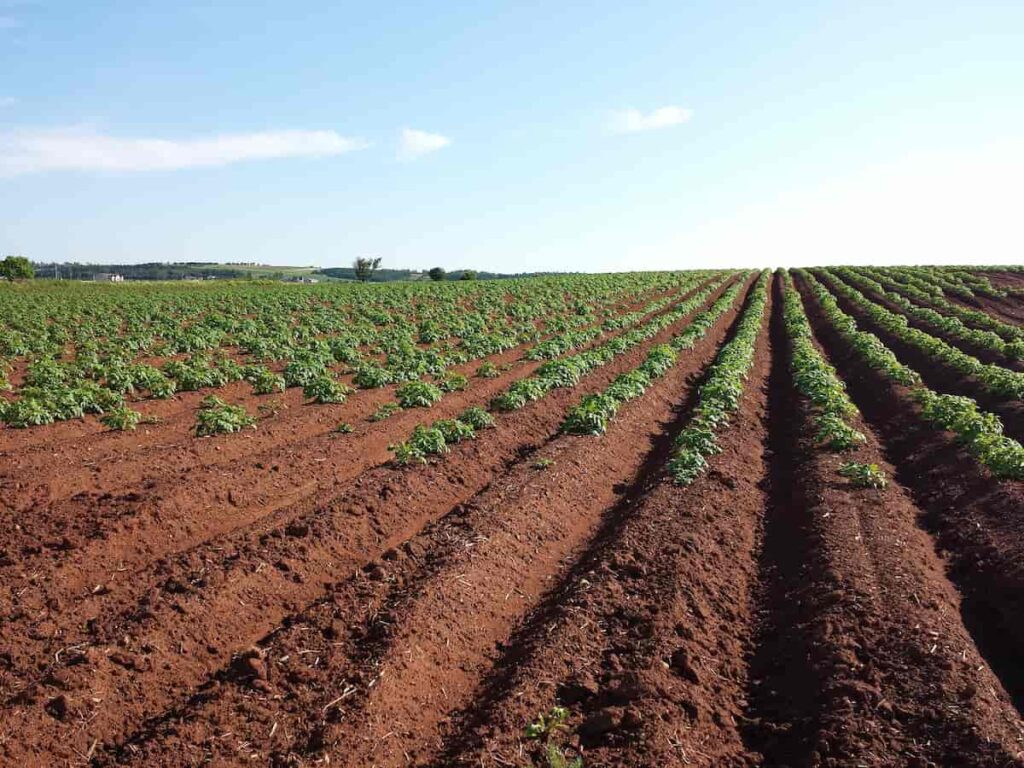
How do you solve nitrogen deficiency in soil?
Nitrogen is the most important nutrient for growing plants, but it can be easily lost from the soil by leaching, erosion, or atmospheric fixation. This can lead to nitrogen deficiency in the soil, which can stunt plant growth and cause other problems. If those methods don’t work or need a quick fix, you can chemically add nitrogen to the soil. This can be done using commercial fertilizers or adding manure or compost to the soil.
However, it would help if you were careful not to add too much nitrogen, as this can also lead to problems such as leaf burn or stunted root growth. Adding nitrogen to your soil will give your plants the boost they need for healthy growth. If you suspect that your plants suffer from a nitrogen deficiency, look for these symptoms: pale leaves, stunted growth, and yellowing between leaf veins (known as chlorosis).
Identifying nitrogen deficiencies in backyard plants
When it comes to nitrogen, plants can be fickle. Too much, and they’ll grow too quickly, become susceptible to disease, and produce fewer fruits and flowers. Too little and growth slows, the foliage turns yellow, and plants become stunted.Fortunately, fixing a nitrogen deficiency in your backyard plants is relatively easy.
Here’s what you want to know about identifying nitrogen deficiencies in plants and some tips for adding nitrogen naturally or chemically. Nitrogen plays a role in everything from photosynthesis to chlorophyll production. Therefore, a lack of nitrogen can cause several problems for plants, including;
Yellowing leaves (chlorosis)
This is a common symptom of nitrogen deficiency. At first, the yellowing will appear on the lower leaves as they’re the oldest and furthest from the nitrogen source (i.e., the roots). However, as the deficiency progresses, it eventually affects all the leaves. In extreme cases, leaves may turn brown and die.
Stunted growth
Without enough nitrogen, plants can’t produce the proteins they need for cell growth. As a result, they become stunted, and their overall growth is slowed.
Fewer fruits and flowers
Nitrogen is also necessary for flower and fruit production. So, if your plants lack this nutrient, we will get lower production.
Time to take for a plant to fix a plant nitrogen deficiency
Plants can take a few weeks to a few months to recover from nitrogen deficiency. The plant takes time to recover, mainly depending on the severity of the nitrogen deficiency and the type of plant. For example, fast-growing plants like lettuce will recover quickly from a nitrogen deficiency, while slower-growing plants like tomatoes will take longer. To help your plants recover from a nitrogen deficiency, you can add nitrogen to the soil using fertilizer or compost. Also, you can try adding some organic matter to the soil, such as leaves or grass clippings.
Nitrogen deficiency in the vegetable garden
Nitrogen deficiency can manifest in several ways, including yellowing leaves, stunted growth, and poor yield. There are several reasons why your garden may be deficient in nitrogen. It could be due to insufficient nitrogen in the soil, to begin with, or it could be that the nitrogen is being leached out of the soil by heavy rains or irrigation. Additionally, certain plants may compete with others for nitrogen, resulting in a deficiency.
In case you missed it: Top 17 Potting Soil Mixes for Lillies and Bulbs
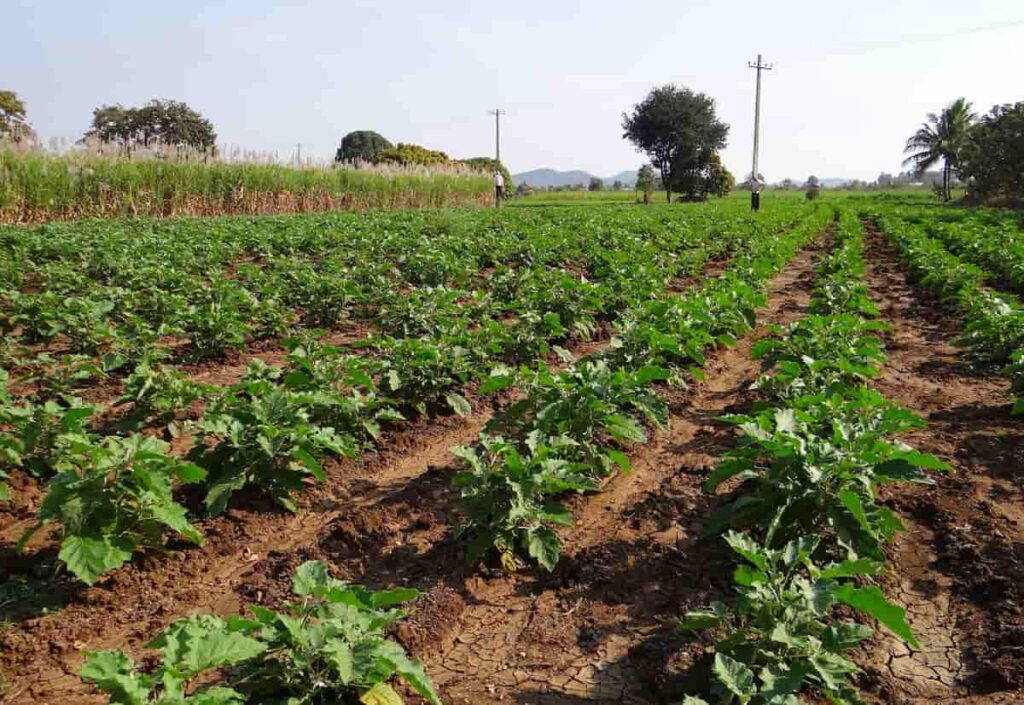
You can do a few things to correct a nitrogen deficiency in your garden. One is to add organic matter to the soil, like compost or manure. This will help to replenish the soil’s nitrogen content. Another option is to use a nitrogen fertilizer, such as ammonium sulfate or urea. Follow the manufacturer’s directions carefully when applying fertilizer, as too much can be just as detrimental as too little. With time and effort, your garden can thrive once again.
What are the important deficiency symptoms of nitrogen in soil?
Nitrogen is an essential element for all plants and is often the most limiting nutrient in agricultural systems. Nitrogen deficiency can cause stunted growth, yellowing leaves, and poor fruit or flower production. For most crops, nitrogen is best added to the soil as part of a complete fertilizer mix. However, in some cases, it may be necessary to add nitrogen separately. This can be done by applying ammonium sulfate or urea to the soil surface or injecting nitrogen into the root zone.
Causes of nitrogen deficiency
One of the most common reasons for nitrogen deficiency in plants is an insufficient amount of nitrogen levels in the soil. Other causes include poor drainage, high pH, compaction, and organic matter. Additionally, nitrogen-fixing bacteria may be present in low numbers or be unable to fix nitrogen due to a lack of oxygen. Nitrogen deficiency is often caused by a lack of nitrogen levels in the growing soil.
This can be due to insufficient levels of nitrogen in the soil, to begin with, or it can be caused by the leaching of nitrogen from the soil due to heavy rains or irrigation. The fixation of nitrogen can also cause by certain bacteria present in the soil. To fix nitrogen deficiency, it is important first to identify the cause. Once the cause has been identified, major steps can be taken to improve soil and plant health. Adding nitrogen to the soil can be done either naturally or chemically.
Adding nitrogen to the soil
When it comes to adding nitrogen to the soil, there are a few different options that farmers and gardeners can choose from. One common method is using nitrogen-rich fertilizers. These can be in solid or liquid products applied to the soil. Another option is to plant nitrogen-fixing crops like alfalfa, soybeans, and clover. These plants take nitrogen from the air and then convert it into a form another plant can use. Finally, manure from animals such as cows and chickens is also a good source of nitrogen for the soil.
In case you missed it: 15 Potting Soil Mixes for Bonsai Plants: Best List
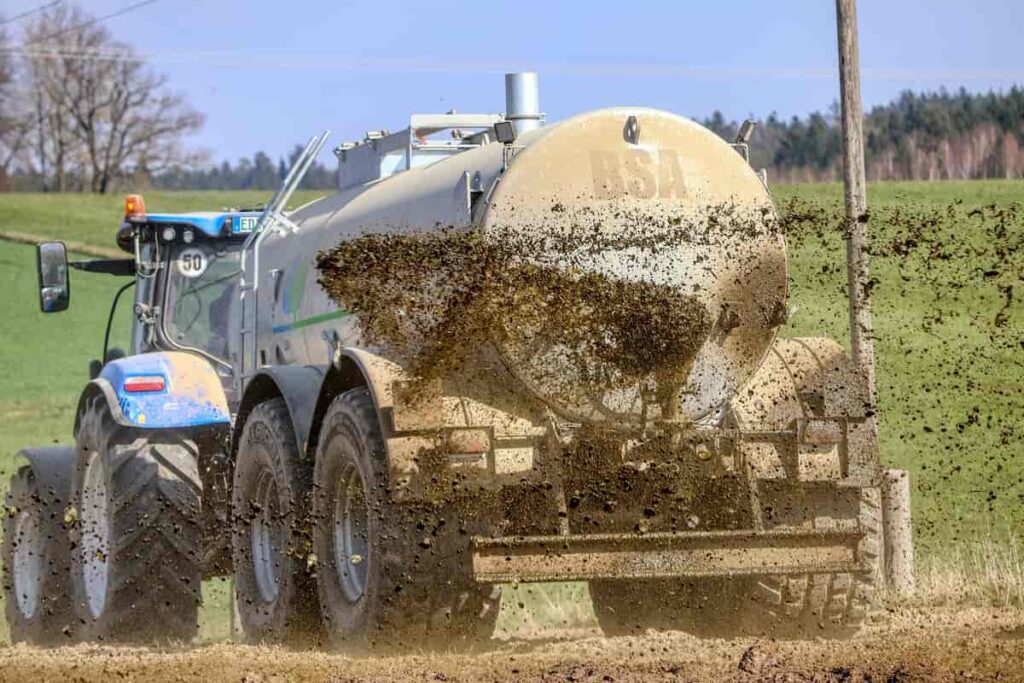
Adding nitrogen to plants
- Nitrogen is the limiting factor in plant growth. Nitrogen deficiency can occur in any soil. Still, it is most common in sandy soils or soils heavily fertilized with nitrogen-rich materials such as manure.
- Adding nitrogen to soil is a great method to give your plants the essential nutrients they need to grow healthy and strong. There are several methods to add nitrogen to your soil; the best method will depend on your specific needs.
- One method to add nitrogen to your soil is through compost. Compost is made up of decomposed organic matter, a great source of nitrogen for plants. You can make your own compost home or purchase it from a garden center or nursery.
- Another method to add nitrogen to your soil is through fertilizer. Fertilizers come in many forms, including Liquid fertilizers, granular fertilizers, and slow-release fertilizers. Firstly, choose a fertilizer high in nitrogen and low in potassium and phosphorus for the best results. Then, apply fertilizer according to the manufacturer’s instructions.
How to prevent nitrogen deficiency in plants
Nitrogen is a major component of chlorophyll, proteins, and enzymes. Therefore, a lack of nitrogen can cause stunted growth, yellowing leaves, and low yields. A few important things you can do to prevent nitrogen deficiency in your plants are:
- Apply organic matter to your soil. This will help improve the nitrogen-holding capacity of your soil.
- Avoid over-fertilizing with nitrogenous fertilizers. Too much nitrogen can lead to leaching and runoff, polluting waterways.
- Plant cover crops such as legumes. These plants have bacteria on their roots that convert atmospheric nitrogen into nitrates, which plants can use.
Fix nitrogen deficiency in soil and plants chemically
- If you suspect your soil is nitrogen deficient, you can have it tested at a local cooperative extension office. Once you know that your soil lacks nitrogen, you can add it.
- The most common method to add nitrogen to soil is through chemical fertilizers. You can purchase these at most garden stores or online. Be sure to follow the directions carefully on the package, as too much nitrogen can be just as damaging as too little.
- Another option for adding nitrogen to soil is composting. Composting adds nitrogen and other important nutrients like phosphorus and potassium. You can usually purchase compost from nursery or garden centers if you don’t have your compost pile.
- Finally, another way to add nitrogen to soil is by planting cover crops. They are then tilled back into the ground, providing organic matter and nutrients like nitrogen back into the soil. Some common cover crops include alfalfa, clover, and ryegrass.
- The main benefit of adding nitrogen chemically is that it provides an immediate source of nutrition for plants. This is especially helpful if plants are experiencing nitrogen deficiency and need a quick boost.
- The downside of adding nitrogen chemically is that it can be expensive and pollute the environment if not used correctly. Over-application of nitrogen fertilizer can lead to water contamination and air pollution.
Conclusion
Nitrogen also produces chlorophyll; the green pigment will give plants their color. The primary cause of nitrogen deficiency is a lack of nitrogen in the soil. This can be due to many factors, including low soil fertility, inadequate soil organic matter, or high levels of other nutrients (such as phosphorus) that compete with nitrogen for plant uptake.
Nitrogen deficiency can also be caused by environmental conditions such as drought or excessive rainfall. There are several methods to add nitrogen to the soil, including commercial fertilizers, manure or compost, or planting cover crops. However, adding nitrogen to the soil is not always necessary or recommended, as it can lead to environmental problems such as water pollution.
- Types of Pesticides Used in Agriculture: A Beginner’s Guide
- Economical Aquaculture: A Guide to Low-Budget Fish Farming
- 15 Common Planting Errors That Can Doom Your Fruit Trees
- How to Make Houseplants Bushy: Effective Tips and Ideas
- Innovative Strategies for Boosting Coconut Pollination and Yield
- Pollination Strategies for Maximum Pumpkin Yield
- The Complete Guide to Chicken Fattening: Strategies for Maximum Growth
- Natural Solutions for Tulip Problems: 100% Effective Remedies for Leaf and Bulb-Related Issues
- Revolutionizing Citrus Preservation: Towards a Healthier, Greener Future
- Natural Solutions for Peony Leaf and Flower Problems: 100% Effective Remedies
- Maximizing Profits with Avocado Contract Farming in India: A Comprehensive Guide
- Natural Solutions for Hydrangea Problems: 100% Effective Remedies for Leaf and Flowers
- The Ultimate Guide to Choosing the Perfect Foliage Friend: Bringing Life Indoors
- From Sunlight to Sustainability: 15 Ways to Use Solar Technology in Agriculture
- The Ultimate Guide to Dong Tao Chicken: Exploring from History to Raising
- The Eco-Friendly Makeover: How to Convert Your Unused Swimming Pool into a Fish Pond
- Mastering the Art of Delaware Chicken Farming: Essentials for Healthy Backyard Flocks
- 20 Best Homemade Fertilizers for Money Plant: DIY Recipes and Application Methods
- How to Craft a Comprehensive Free-Range Chicken Farming Business Plan
- Brighten Your Flock: Raising Easter Egger Chickens for Beauty and Bounty
- How to Optimize Your Poultry Egg Farm Business Plan with These Strategies
- Subsidy for Spirulina Cultivation: How Indian Government Schemes Encouraging Spirulina Farmers
- Ultimate Guide to Raising Dominique Chickens: Breeding, Feeding, Egg-Production, and Care
- Mastering the Art of Raising Jersey Giant Chickens: Care, Feeding, and More
- Ultimate Guide to Raising Legbar Chickens: Breeding, Farming Practices, Diet, Egg-Production
- How to Raise Welsummer Chickens: A Comprehensive Guide for Beginners
- How to Protect Indoor Plants in Winter: A Comprehensive Guide
- Ultimate Guide to Grow Bag Gardening: Tips, Tricks, and Planting Ideas for Urban Gardeners
- Guide to Lotus Cultivation: How to Propagate, Plant, Grow, Care, Cost, and Profit
- Agriculture Drone Subsidy Scheme: Government Kisan Subsidy, License, and How to Apply Online
- Ultimate Guide to Raising Araucana Chickens: Breed Profile, Farming Economics, Diet, and Care
- Bringing Hydroponics to Classroom: Importance, Benefits of Learning for School Students
- Ultimate Guide to Raising Polish Chickens: Breed Profile, Farming Economics, Diet, and Care
- Ultimate Guide to Raising Australorp Chickens: Profile, Farming Economics, Egg Production, Diet, and Care
- Silkie Chicken Farming: Raising Practices, Varieties, Egg Production, Diet, and Care
- Sussex Chicken Farming: Raising Practices, Varieties, Egg Production, Diet and Care